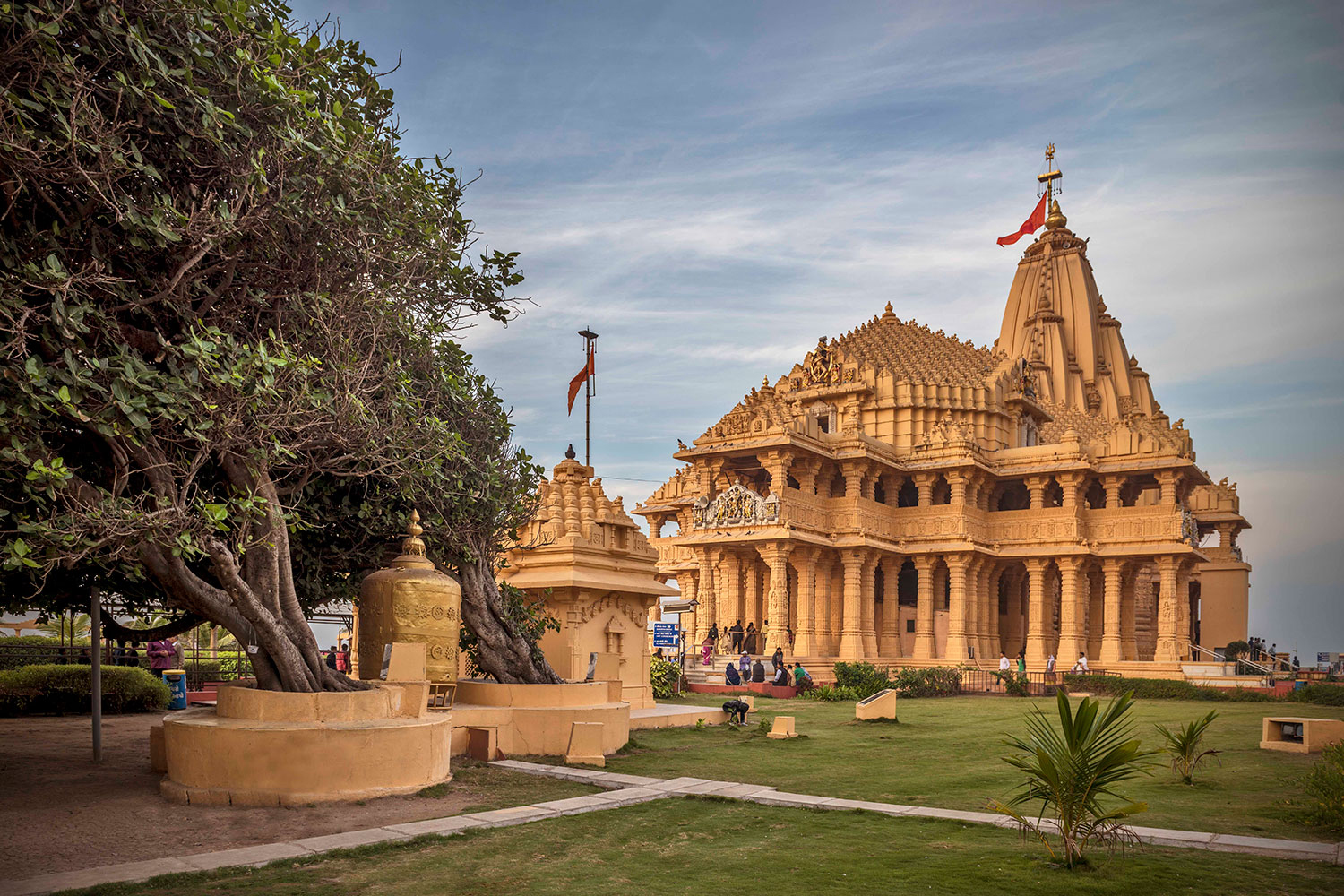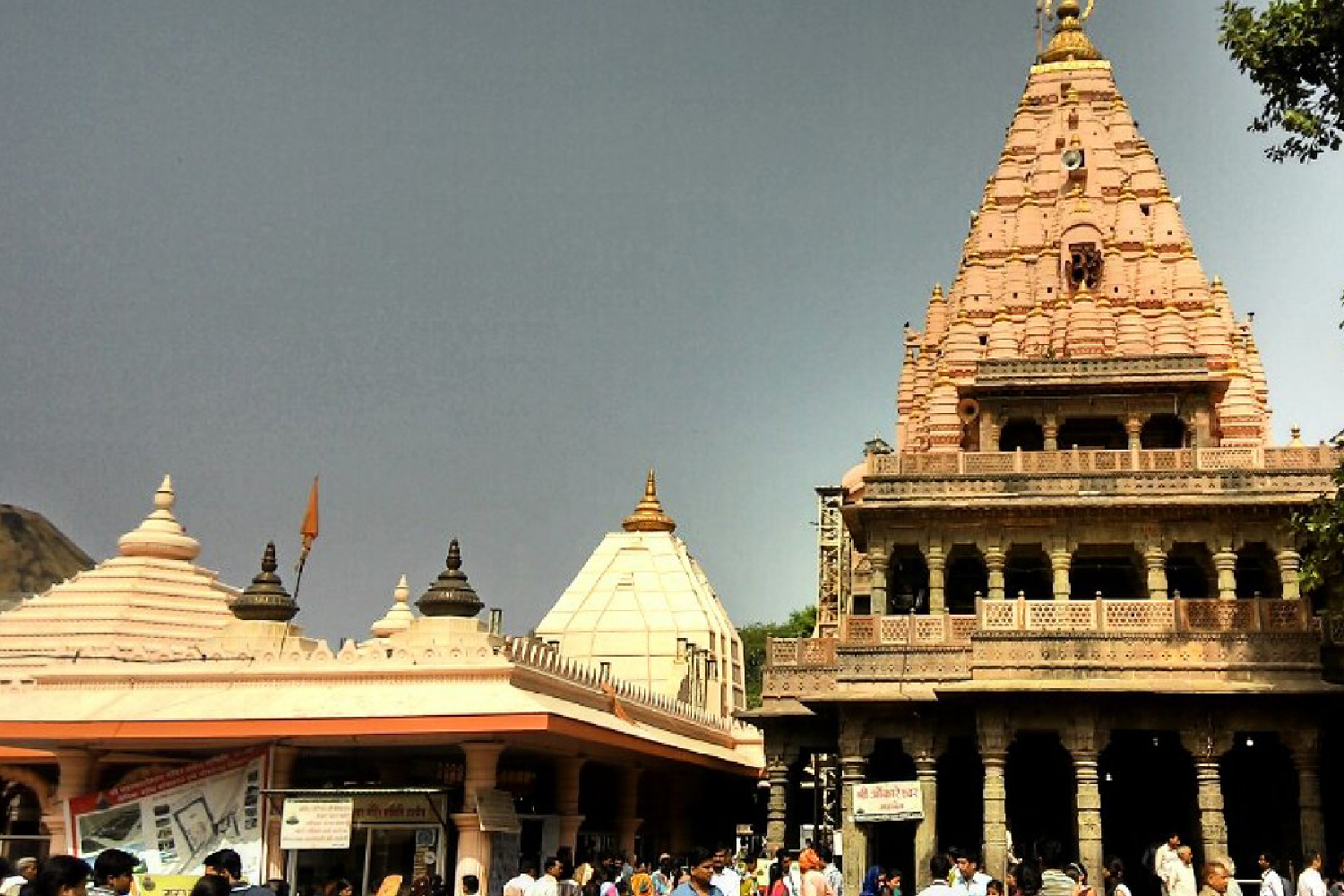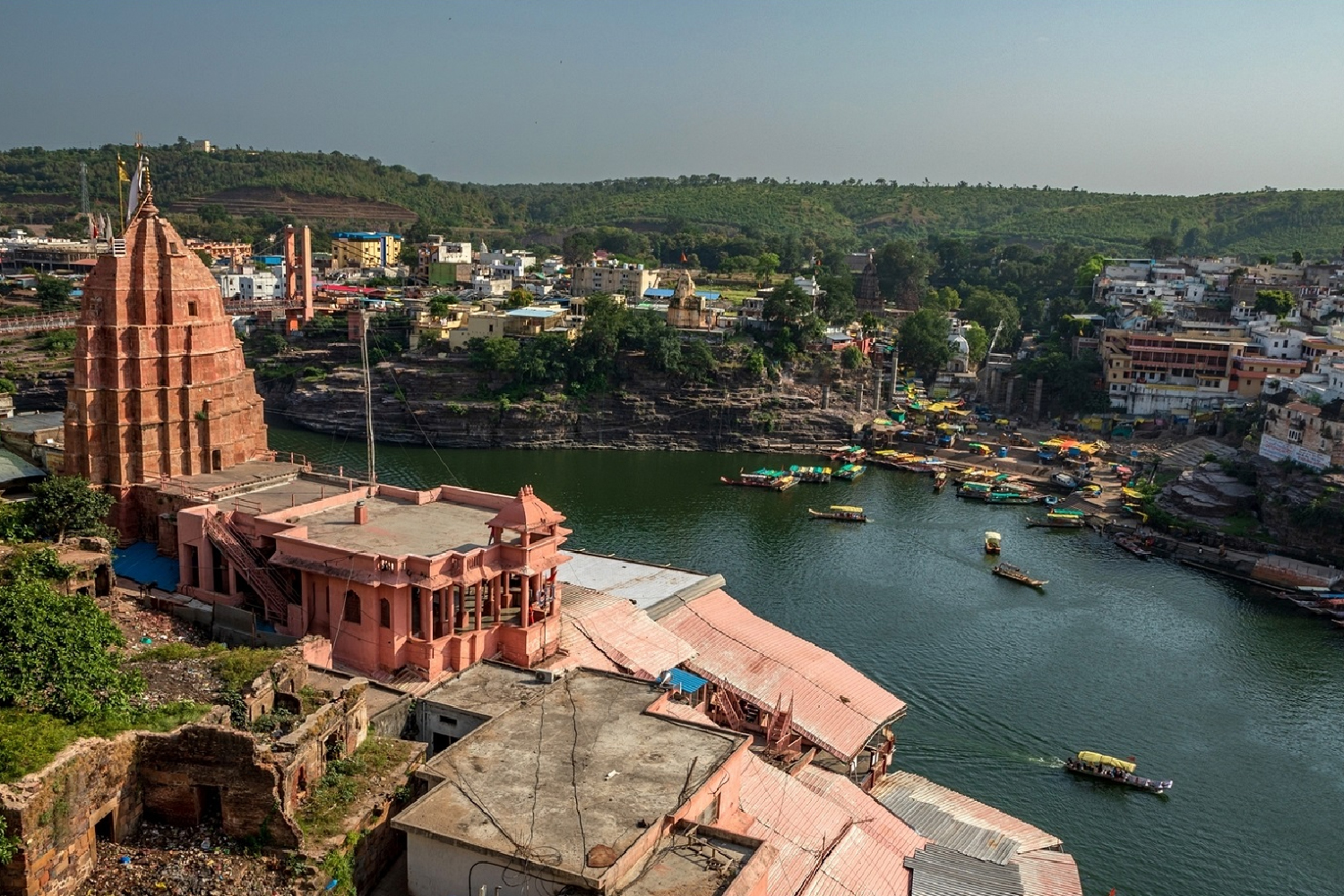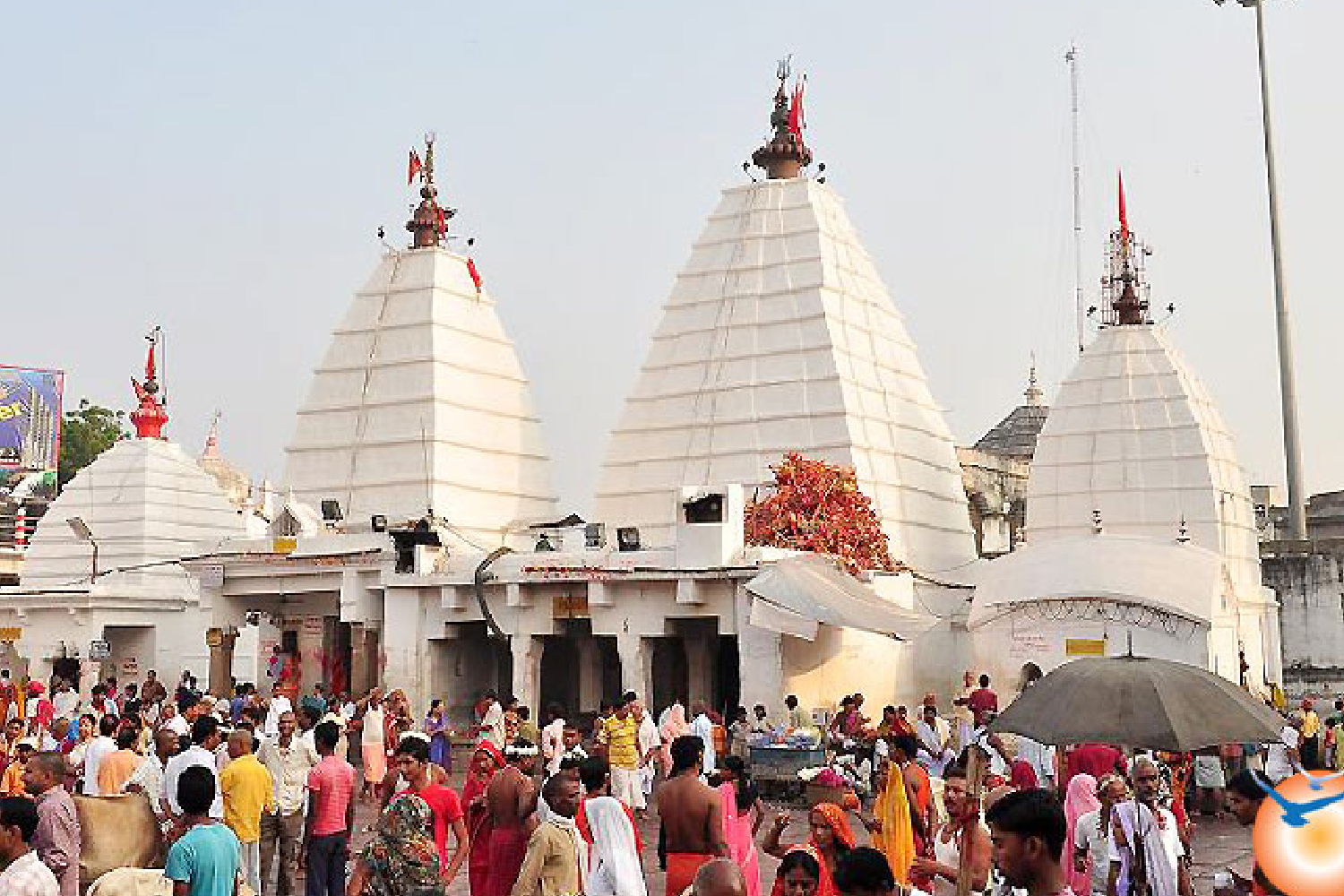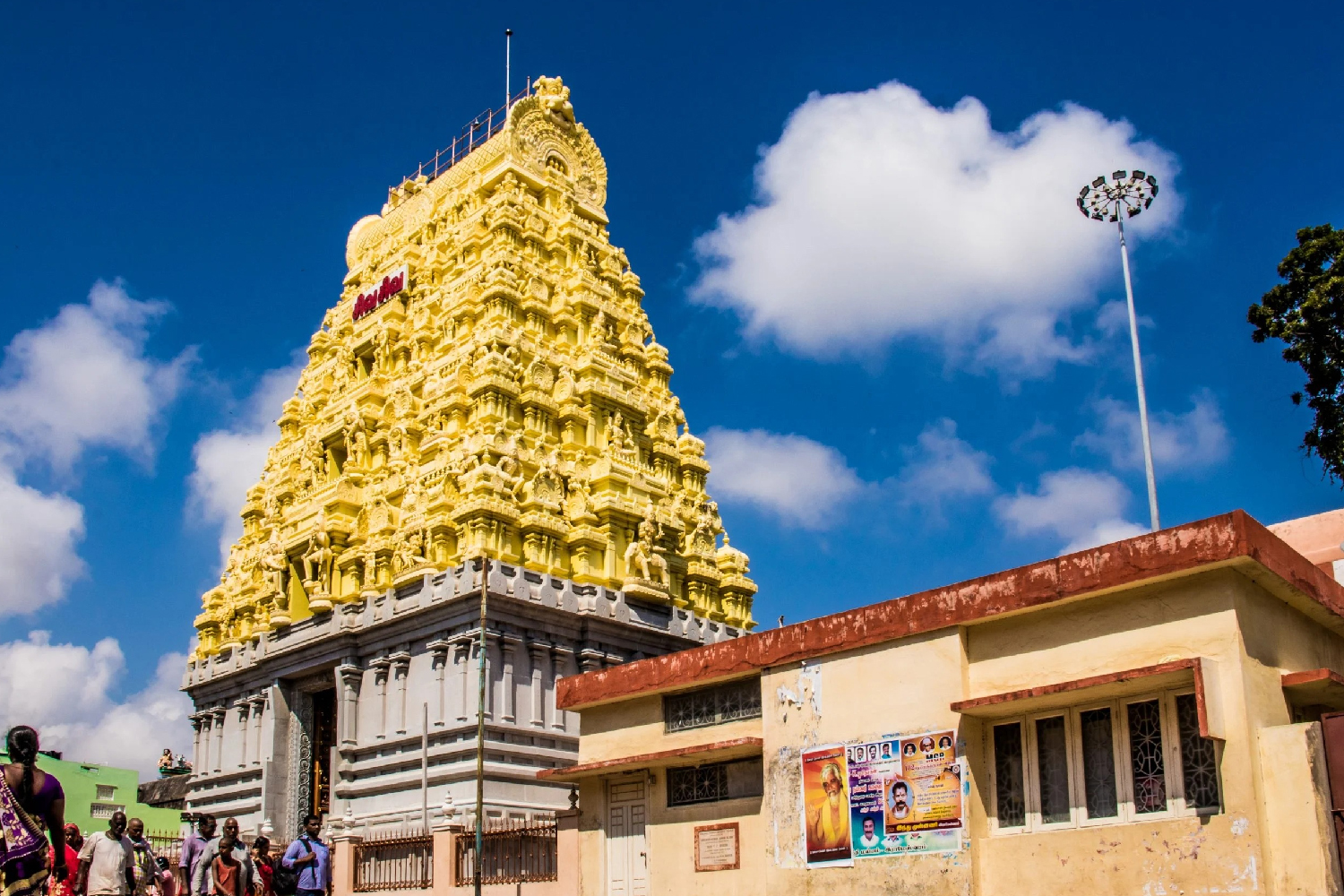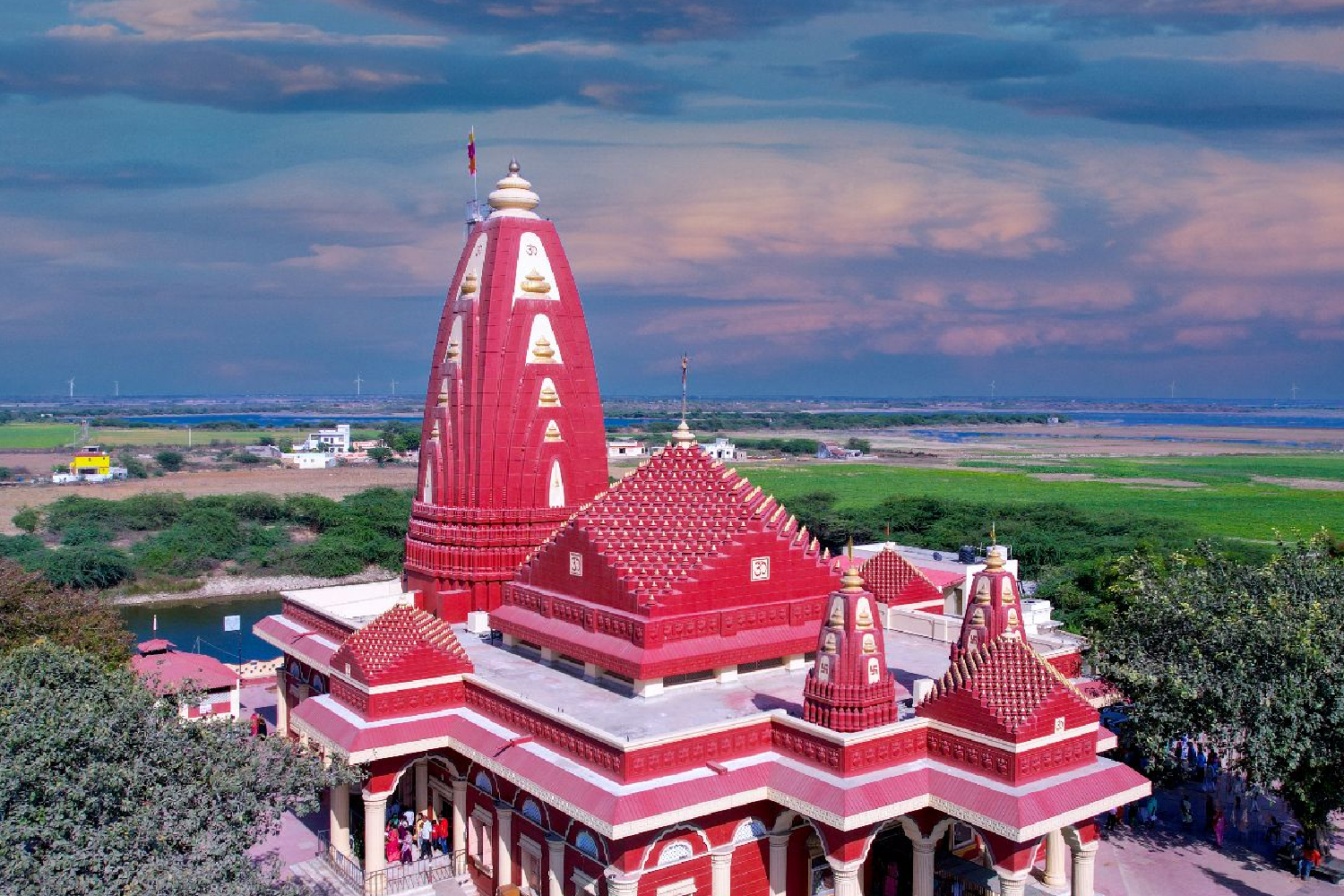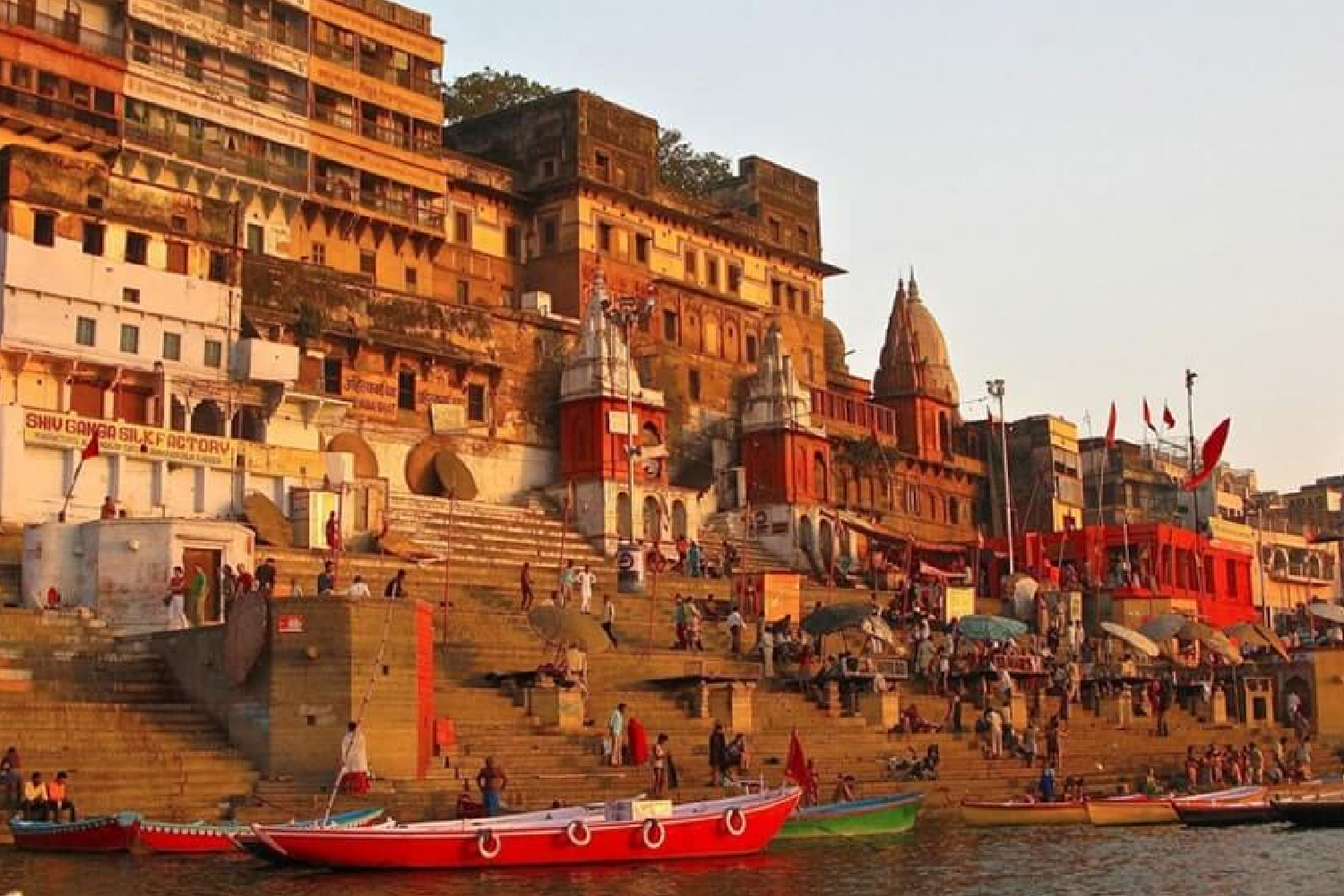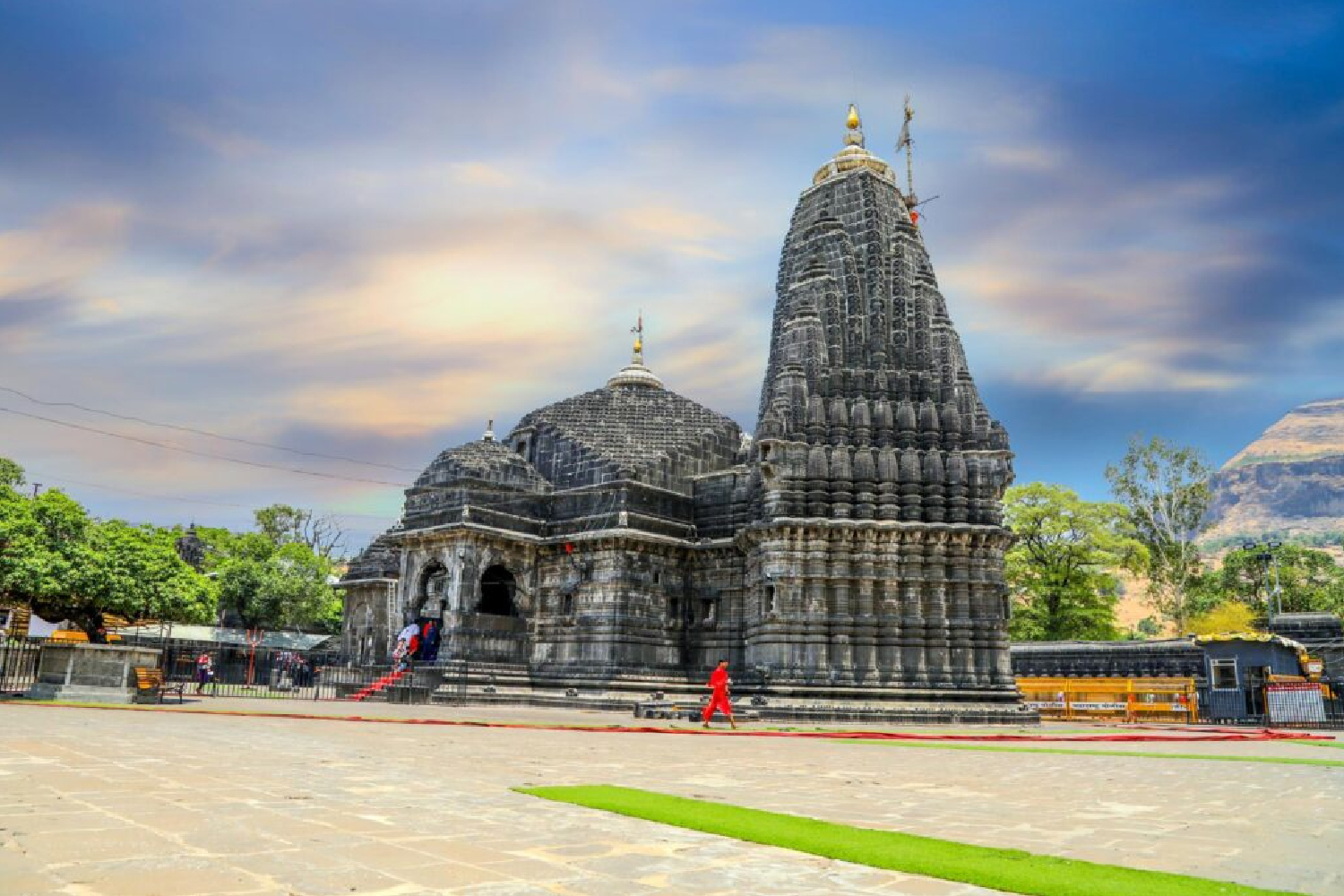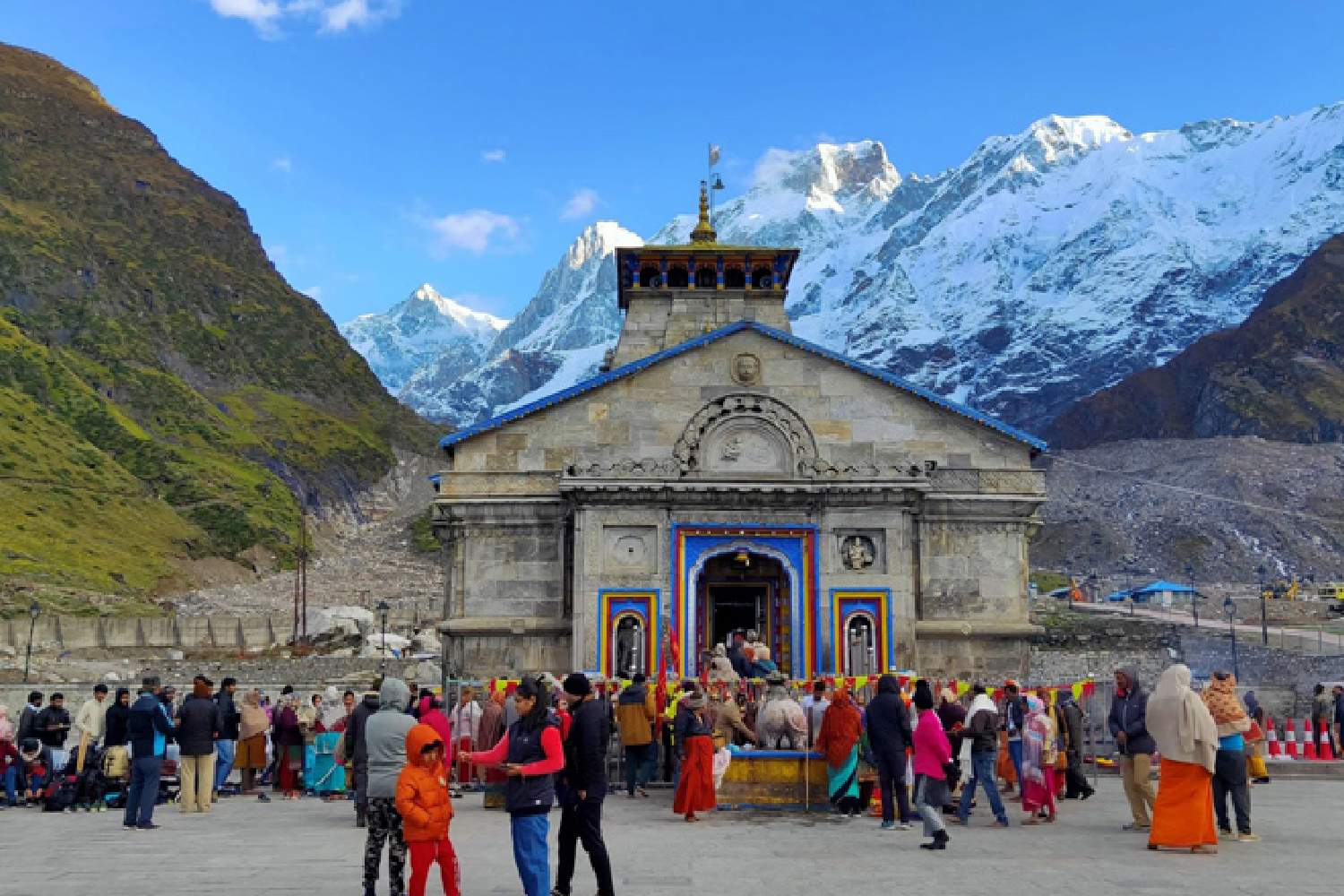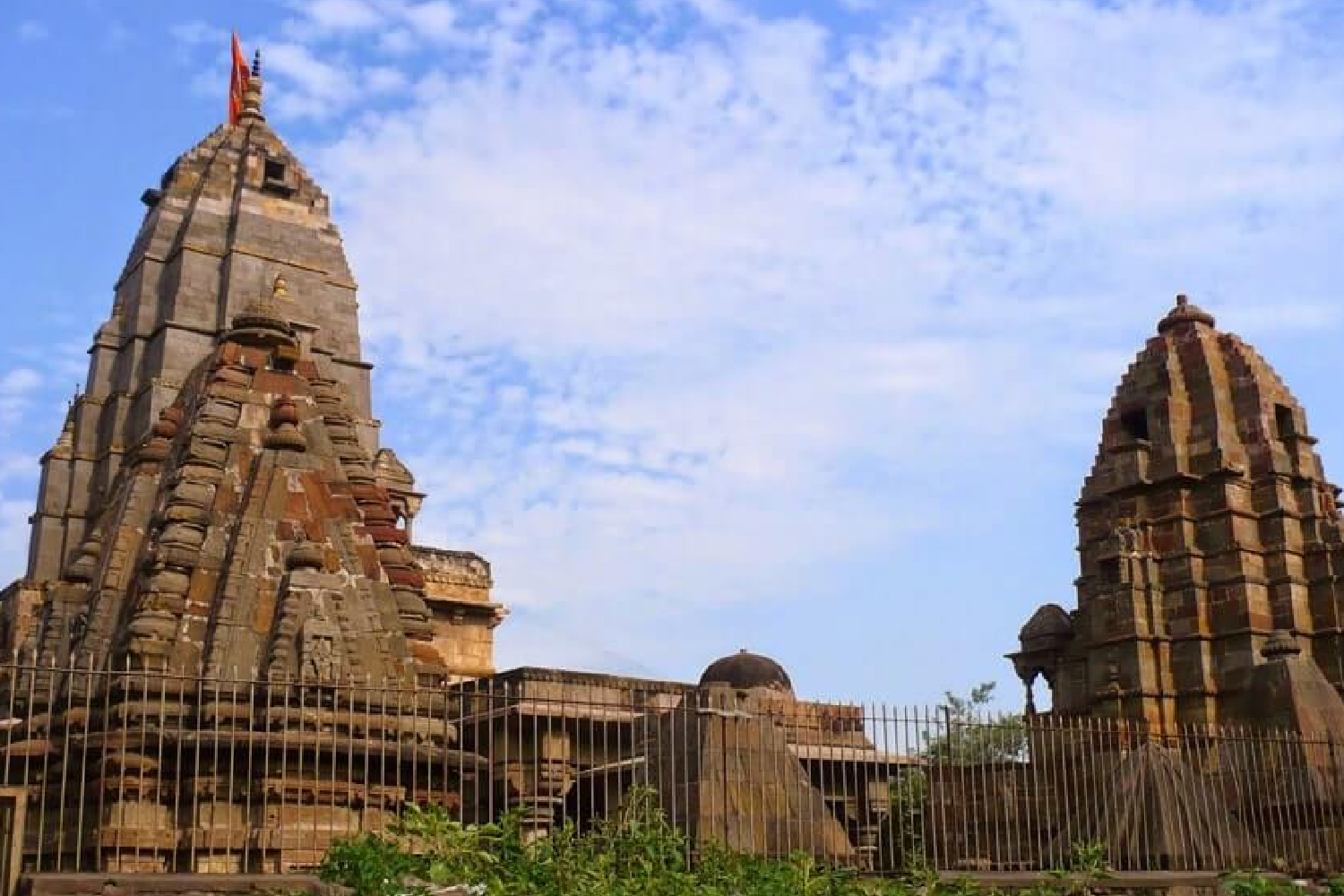Somnath Jyotirlinga
Somnath is the first Jyotirlinga in India among the rest of the Jyotirlinga temples. The temple is built in the Chalukya style of temple architecture. This pious temple is built at the shore of the Arabian ocean on the western corner of the Indian subcontinent. Somnath is among the most revered pilgrimage sites in the country.
According to Hindu mythology, the temple was primarily created by the moon in pure gold and later rebuilt by Ravana in silver later it was built by Krishna in sandalwood and lastly by Bhimadeva in stone.

